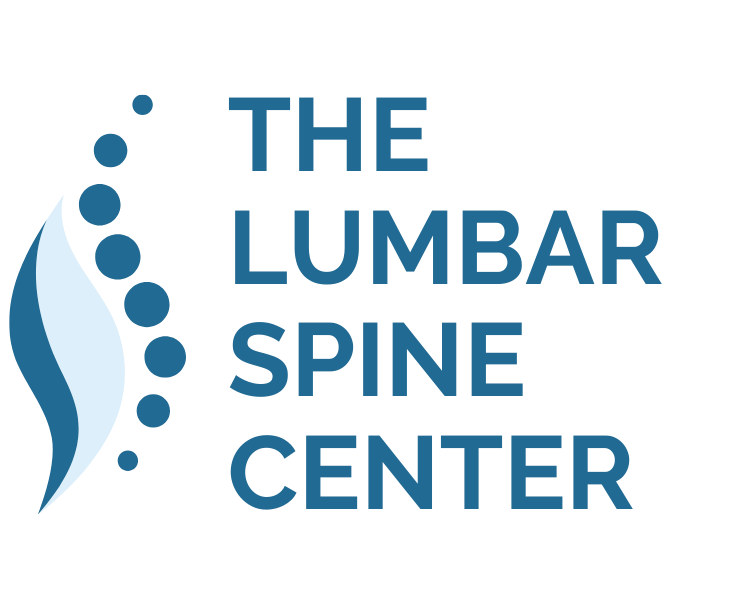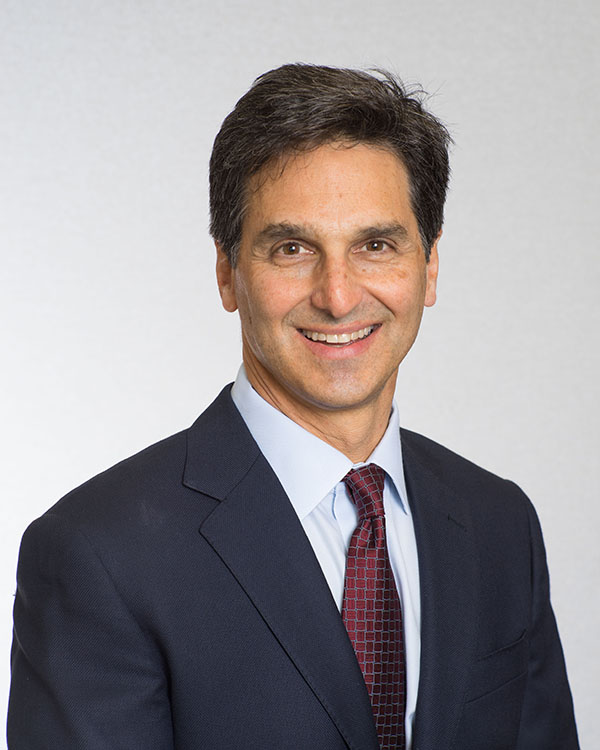Lumbar Spondylolisthesis (“Bone Slip”) is when one bone is shifted relative to another bone, most commonly in the lower spine. When there is a Spondylolisthesis at L4-5, it is usually due to Lumbar Degenerative Disc Disease associated with back and leg pain. Pain in the leg can either be unilateral or bilateral. When there is a Spondylolisthesis at L5-S1, it is usually due to Lumbar Spondylolysis of Pars of L5. The Pars Interarticularis or simply “Pars” is defined as a segment of bone that attaches the vertebral body pedicle to the inferior articulating facet joint. In a patient with a pars defect, they are usually born this way and over time, can worsen to cause a slip or Spondylolisthesis. As the bone slips, the associated degenerative tissue can compress the L5 nerve causing pain or foot drop. In addition, the patient can still have back pain with unilateral or bilateral leg pain and weakness.
A Spondylolisthesis at L5-S1 is called an “Isthmic” Spondylolisthesis and affects approximately 5 to 7% of the population. A Spondylolisthesis at L4-5 is a called a “Degenerative” Spondylolisthesis. Both types can be painful and present with back pain, leg pain or both.
If a patient develops a foot drop or other leg weakness, conservative care will be initiated but if the weakness persists, you may surgeon may need to strongly consider surgical decompression.
Treatment
Non-operative Care. Common treatments include non-steroidal anti-inflammatory agents, physical therapy, and epidural injections. Acupuncture and Chiropractic care can help as well.
Surgery. Surgery usually requires at least a single level fusion (TLIF) with pedicle screw and an interbody cage. The goal of the surgery is to decompress the nerve root being compressed but the level is considered unstable and therefore most surgeons elect to fuse with pedicle screws and an interbody cage. A simple laminectomy alone is an option however the patient runs the risk of a further slip or recurrence over time.





